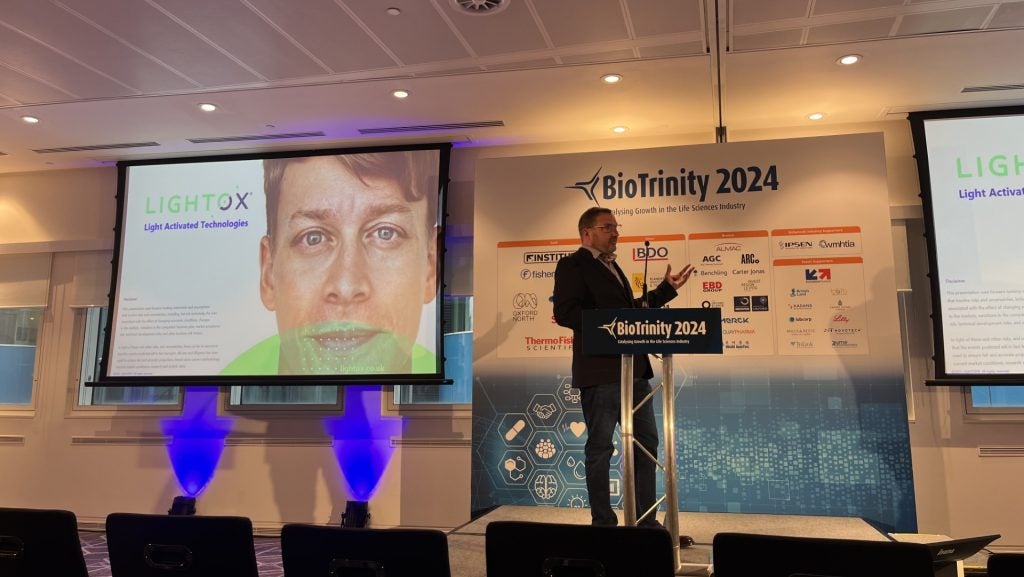
Personalised medicine has been in development for centuries, however, it has only become a major pharmaceutical industry trend in the past few years. It represents a shift away from a one- size -fits -all approach to treatments for particular conditions.
McGill University’s Montreal Neurological Institute has contributed to the development of personalised medicine by conducting a study that produced a so-called personalised Therapeutic Intervention Fingerprint (pTIF) using artificial intelligence and computational brain modelling techniques.
Lead author of the study Professor Yasser Iturria Medina explains: “A paper published around three years ago showed that the ten most sold drugs in the US are only helping between 4% and 25% of all the patients that are taking medicine. This is terrible.
“[However,] with a little research at the individual level, it could be identified who will respond [best to the drugs] because lots of them will have secondary effects. That was one of my main motivations.”
He continues: “Personalised medicine has been used in cancer research, [but] it hasn’t happened in neuroscience. One of the main reasons is that usually in neuroscience there is a lot of separation between the different fields.”
The pTIFs produced during the study relied on data from 331 Alzheimer’s patients who took part in the Alzheimer’s disease Neuroimaging Initiative trial and healthy controls. The data was available in multiple formats, including positron emission tomography and magnetic resonance imaging (MRI).
How well do you really know your competitors?
Access the most comprehensive Company Profiles on the market, powered by GlobalData. Save hours of research. Gain competitive edge.

Thank you!
Your download email will arrive shortly
Not ready to buy yet? Download a free sample
We are confident about the unique quality of our Company Profiles. However, we want you to make the most beneficial decision for your business, so we offer a free sample that you can download by submitting the below form
By GlobalDataThis new approach to personalised medicine works by predicting how effective it would be to target specific biological factors for controlling the evolution of the individual patient’s neurodegenerative disease. This makes it the first study to establish a direct link between brain dynamics and predicting a therapeutic response.
Understanding the pTIF as a form of personalised medicine
In creating the pTIF, the researchers were interested in characterising how different biological factors, such as muscular flow, amyeloid position and neurological activity interact and how interaction between these factors causes [neurological] degeneration in individual patients, Iturria Medina explains.
“We analyse them [these factors] using mathematical models.. to estimate how the variants interact in time and how the variants could vary from one to six comparing one brain region to other regions,” he explains.
“We have a fingerprint system and identify equations that describes how the system works, and then we can also identify which will be the optimum system to control the system. We estimate using specific theories, such as quantum theories, which will be the optimum system to stop the neurodegeneration [in each individual patient].”
It is a series of quantitative indexes for how effective it would be target one or a combination of the biological factors, Iturria Medina explains. Since it focuses on the regional level within the brain, instead of getting one number for the brain, it provides numbers for specific biologic factors.
EEsentially, the pTIF is a ranking or a series of quantitative indexes for how effective it would be target one or a combination of the biological factors.
This categorises patients into sub-groups, which are verified by comparing the fingerprints to the patient’s genetic profiles. “If you take the ranking for different biological factors, this ranking is highly associated or predictive of the expression of a gene,” Iturria Medina explains.
Implications: identifying the most effective approach
The main implication of the development of a pTIF is that it can help to identify which therapeutic approaches will be most effective for each patient based on which specific biologic factor or factors are causing their neurodegeneration.
“This could lead to more effective medical care, decreased undesired secondary effects, and substantial reduction of pharmaceutical and clinical costs associated with clinical trials, thereby accelerating the creation-evaluation cycle of new therapeutic agents,” says Iturria Medina.
He believes the pTIF technique could reduce costs associated with clinical trials as it could help pharmaceutical companies to select patients to participate in a clinical trial. “If you know already which patients should respond [to a treatment] and which ones would not, why include in the trial the ones will not,” he says.
Next steps for the pTIF
The next step for the McGill researchers working on pTIF is to validate the results even further based on data they have collected in collaboration with the clinic at the research institute.
“We are going to follow certain patients and then create a fingerprint for each of them,” says Iturria Medina. “We will also have access to their personal medical history. So we are going to see if the model can really predict the drugs have been taken and explain why some of the patients responded and some didn’t.”
A similar approach will be taken in applying the pTIF model to a clinical trial on a neurological drug. Iturria Medina and his team will try to see whether the model can predict or explain why some patients responded and why others did not.
In addition, the team plans to look more closely at the relationship between the fingerprint and genetic data from a blood test to see if it is possible to create the fingerprint with just a blood test.
Although in this study Iturria Medina’s team focused on neurodegenerative disorders, since the data for this disorder is of high quality and publically available, Iturria Medina acknowledges that the pTIF could also work for non-neurological disorders.
He hopes for further validation of his team’s results by motivating other scientists or centres to apply the pTIF model to their data, and expects the idea to be applied to different areas to find out for definite that the pTIF has wider medical applications.





